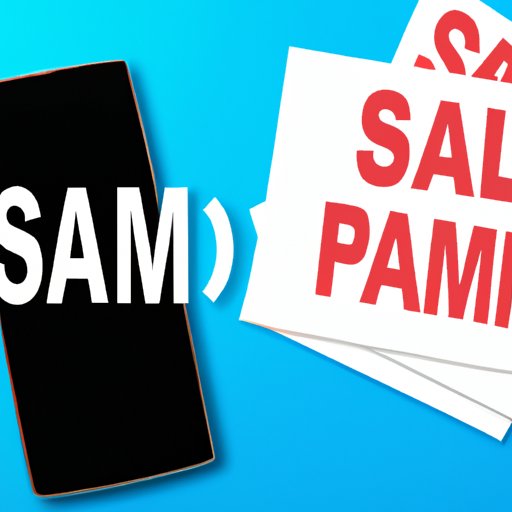
How to Stop Getting Spam Calls: From Call Blocker Apps to Reporting
Have you ever answered a call from an unknown number, only to be bombarded with unwanted sales pitches and scams? Spam calls can be overwhelming, annoying, and nerve-racking. Fortunately, there are ways to protect yourself and your phone number from such calls. In this article, we will discuss various tips and strategies to stop getting spam calls. From call blocker apps to reporting spam calls, this guide will help you regain control of your phone calls.
Download and Use Call Blocker Apps
One of the most effective ways to stop receiving spam calls is to use call blocker apps. These apps work by blocking unwanted calls from certain numbers, typically identified as spam or fraud. Here are some reliable call blocker apps:
- Truecaller
- Norton Mobile Security
- Hiya
- Mr. Number
- RoboKiller
Once you have downloaded the app, make sure it’s enabled on your phone. Depending on the app, you may need to grant access to your contacts or phone calls. Some apps may also require a subscription fee for additional features.
Register for “Do Not Call” List
The National Do Not Call Registry is a free service provided by the Federal Trade Commission (FTC) to stop telemarketing calls. Once you register your phone number, telemarketers are prohibited from calling you unless you have given them prior consent. Here’s how to register:
- Visit the National Do Not Call Registry at www.donotcall.gov
- Enter the phone number(s) you want to add to the list
- Provide your email address for confirmation purposes
- Verify your email address by clicking on the link sent to your email inbox
Once you’re registered, it may take up to 31 days for telemarketers to stop calling you. Keep in mind that the list applies to telemarketing calls only, not scams or robocalls.
If you still receive unwanted calls after registering, you can file a complaint with the FTC. Simply go to their website or call the toll-free number 1-888-382-1222.
Identify Calls from Unknown Numbers
Answering calls from unknown numbers can be risky. Scammers often use fake phone numbers to trick you into answering. Here are some tips to identify unknown calls:
- Check the area code: If the number is unfamiliar, check the area code to see if it’s from your area or somewhere else.
- Search the number online: A simple search online may reveal information on the owner of the number or if it’s a known scam number.
- Don’t answer or call back: If you’re uncertain about the call, don’t answer it. Scammers often use missed calls to lure you into calling back.
If you receive a suspicious call and you did answer it, never give out any personal information such as your social security number, credit card details, or password.
Use Caller ID
Caller ID is a feature that displays the phone number and name (if available) of the incoming call. By enabling caller ID, you can see who’s calling before answering the call. Here’s how to enable caller ID on your phone:
- For iPhone: Go to Settings > Phone > Show My Caller ID
- For Android devices: Go to Settings > Calls > Additional Settings > Caller ID
Caller ID can also help you identify spam calls. If the number doesn’t have a name or is a known spam number, you can ignore or block the call.
Be Careful with Personal Information
Scammers often use social engineering techniques to trick you into revealing your personal information over the phone. Don’t fall for their tricks. Here are some tips to avoid giving out personal information over the phone:
- Don’t give out your social security number, credit card number, or bank account information to strangers over the phone.
- If someone claims to be from your bank or a government agency, hang up and call them back using the official phone number listed on their website or customer service line.
- Be cautious of unsolicited phone calls offering you a free prize or asking for a donation.
Report Spam Calls
Reporting spam calls can help authorities track down and catch scammers. Here are some ways to report spam calls:
- Contact your phone carrier: Many phone carriers have a dedicated customer service line for reporting spam calls. You can also block certain phone numbers directly from your carrier’s website or mobile app.
- File a complaint with the FTC: If you’ve received a spam call or text message, you can file a complaint with the FTC online or by calling the toll-free number 1-888-382-1222.
By reporting spam calls, you can help prevent them from happening to others.
Conclusion
Spam calls can be frustrating and worrisome. But with the right tools and information, you can protect yourself from unwanted calls. Remember to download and use call blocker apps, register for the national Do Not Call list, avoid answering calls from unknown numbers, enable caller ID, be careful with personal information, and report spam calls. By following these tips, you can reduce the likelihood of getting spam calls and regain control of your phone calls.
If you need additional resources, check out the FTC’s website or contact your phone carrier for more information.




